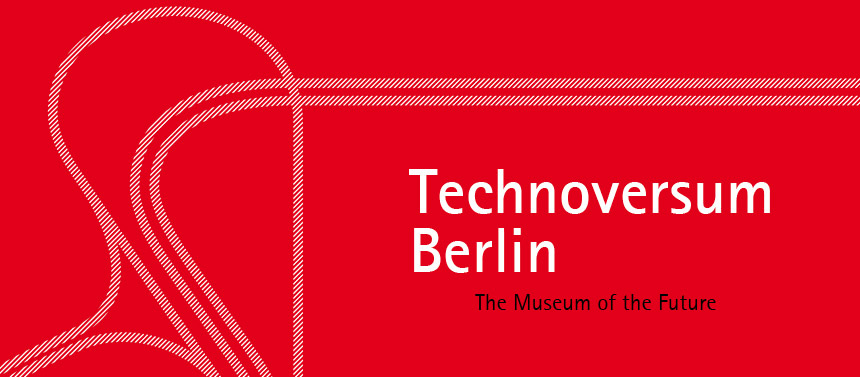
Technoversum Berlin
The Museum of the Future
aac workshop, Hamburg, Germany
28.02. to 22.03.2013
This workshop was under the guidance of
Prof. Dr. h.c. mult. Dipl.-Ing. Meinhard von Gerkan, President of the aac and
Dipl.-Ing. Architect Stephan Schütz
with Dipl.-Ing. Architect Nicolas Pomränke
The German Museum of Technology in Berlin with almost 500,000 visitors annually is the largest museum of its type after the Deutsches Museum in Munich. It is situated on a ca. 10.5 hectare site in the district of Kreuzberg.
The plot was occupied by the Anhalter freight terminal from the second half of the 19th century onwards and served the actual Anhalter Station, Berlin’s most important long-distance rail connection to the south, when it opened in 1874.
Following the destruction of the 2nd World War, the division of Berlin and the resulting decommissioning of the railway sidings, the plot became the site of the German Museum of Technology in 1983. Today, the building stock is composed, on the one hand, of relics of the former Anhalter freight terminal in the form of semicircular engine sheds, parts of the so-called loading yard, and the east wing of the historic frontage building from Franz Schwechten, and on the other, a new building from 1983 which houses the largest part of the exhibition and main entrance.
However, the museum site still lacks an adequate entrance as well an architectural solution connecting all the buildings and exhibitions. Furthermore, the German Museum of Technology plans to double its current exhibition space, and in this context, reorganise the museum concept.
The idea for the future “Technoversum” centres on the articulation of the exhibits in different exhibition forums. The declared didactic goal of the exhibition concept is the overcoming of the outmoded organisation of technical museums according to categories through comprehensive, theme-like exhibition clusters which graphically illustrate technological accomplishments in their interaction with culture and society.
Thus the task of the workshop was, one the one hand, to formulate the master plan for the overall site and its integration into the existing urban environment and available free space, and on the other, to find an architectural solution for the required additional space of the “Technoversum” and the future main entrance.
In the transformation of a site rich in history, together with an extensive collection, the “Technoversum” could become a laboratory for a museum of the future.
Participants: Paulina Bonowics, Julian Eberhart, Gao Hao, Gao Xueying, Ge Jiale, David Gautrand, Maximilian Helmreich, Hu Qing Feng, Hou Jiayu, Huang Tong, Jonas Käckenmester, Bojan Kocevski, Slava Savova, Wang Xinhui, Wu Dan, Xue Sihan, Yu Chia-Yang

